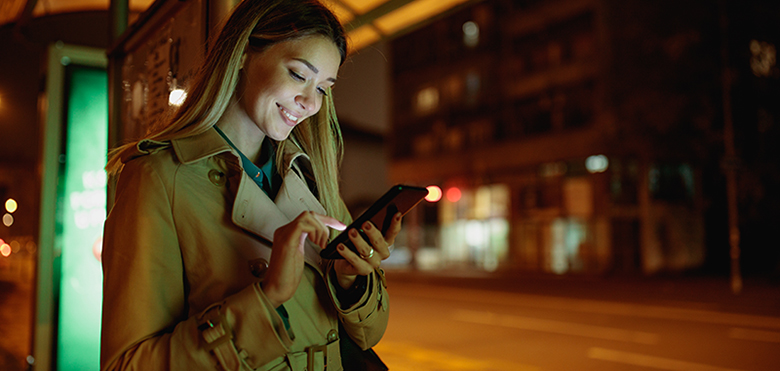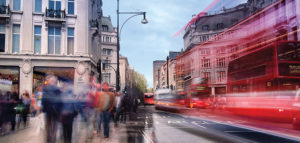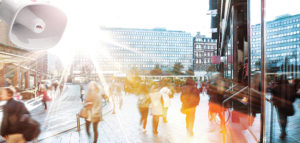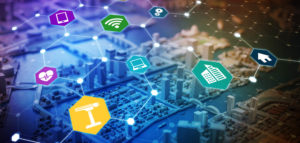Citizen safety at the center of the return to city life
In the earlier stages of the pandemic, after lockdowns worldwide found people spending most if not all of their time inside their own homes, there was a lot of talk about a mass exodus from cities. With remote working becoming the norm, people were taking advantage and relocating to greener parts of the country, swapping small apartments for houses with gardens and a rural outlook.
More recently, however. There has been evidence that this trend is reversing, with people returning to urban centers in significant numbers. The grass of the countryside might be greener, but it seems that cities still have their attractions.
City authorities encouraging the return
It’s no surprise that city authorities are pleased to see people returning and are keen to encourage more. The city’s income relies on a thriving economy, and this in turn is dependent on citizens using infrastructure, transportation, sports facilities, shops, cafes and restaurants. Feeling safe throughout a city, day and night, is a central part of a city’s livability, and if authorities are going to successfully attract people back into the urban environment, safety must be paramount.
Safe and sustainable transportation
There’s an opportunity to change the behavior of citizens returning to city life, and it’s one that can support a city’s broader sustainability goals: encouraging greater use of public transportation. But without appropriate measures in place, public transport can be one area where people feel most vulnerable. Surveillance and security technology can help, inside and outside vehicles.
Onboard cameras are essential in protecting passengers and transportation staff from abuse, attack and criminal behavior such as theft. The mere presence of a camera can act as a significant deterrent. But should an incident occur, drivers can can alert operators and emergency services through real time streaming activated by a duress button. Sound detection technologies can also create automatic alerts in response to specific sounds, such as raised and aggressive voices.
External cameras and sensors can add a vital layer of situational awareness for drivers, benefitting citizen safety and the quality of service. For instance, alerts when cyclists and other road users are in blind spots or close to the vehicle allow drivers to take avoiding action, or cameras alerting drivers to people waiting at or approaching stops can ensure nobody is left behind.
Smart lighting can be installed at transportation stops to add extra illumination during hours of darkness when passengers are waiting, providing an additional deterrent to criminal and antisocial behavior. Again, aggression detection technologies can be employed to alert operators to potential incidents, with surveillance cameras used for visual verification. Should they be needed, duress intercom buttons at transport stops can be installed to allow citizens to call for help directly, whatever the cause.
Safer public spaces
The benefits of security technology aren’t limited to transportation. Indeed, some of these same technologies can be employed to increase safety throughout a city. For instance, the same intercom technology used at transportation stops could be used for broader public safety and incident response through the installation of ‘safety poles’. In addition to allowing citizens to call for help, these safety poles – featuring surveillance cameras, noise detection, lighting and audio speakers – also allow operators to verify incidents and directly address those people at the scene. In parking lots, for instance, the sound of breaking glass could automatically trigger lighting, while also alerting operators to the incident to verify and give live warnings to those at the scene.
In general, well-lit areas give an important sense of safety to citizens, as well as acting as a deterrent to criminal activity. In parks, subways, routes to school, back streets and more, smart lighting can support a city’s safety, security and sustainability goals.
Bringing life back to cities, safely
The pandemic impacted the vibrancy of our great cities around the world and it’s important that this returns. It’s also essential that we take this chance to make our cities safer and more secure. There’s an opportunity for city authorities to innovate in their use of safety and security technologies, and in doing so accelerate the reignition of all aspects of urban life, professional and social. In doing so, they’ll be future-proofing their city for generations of urban-dwellers to come.
Learn more about how to keep residents and visitors safe:




